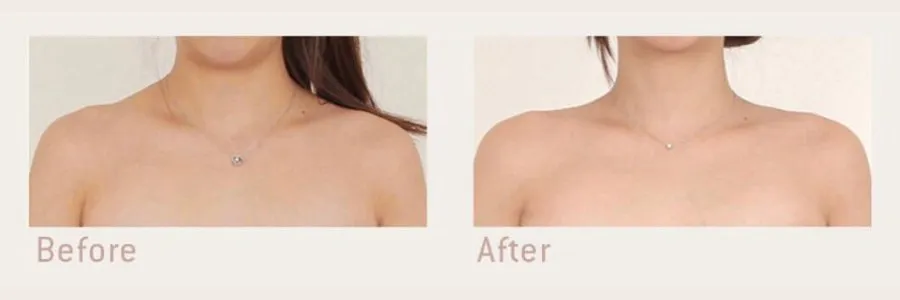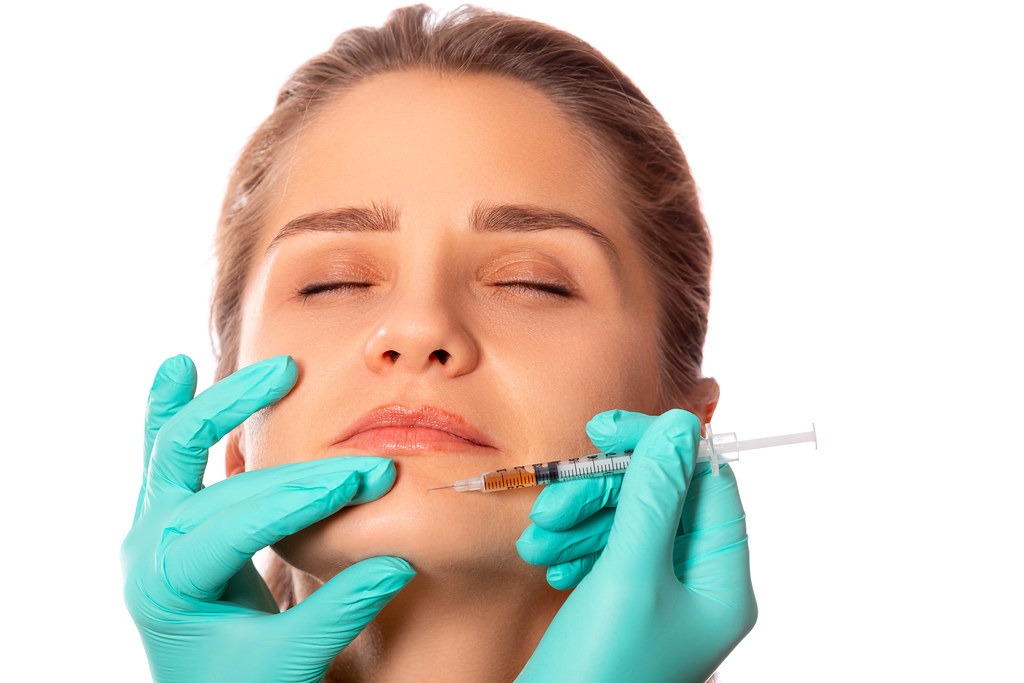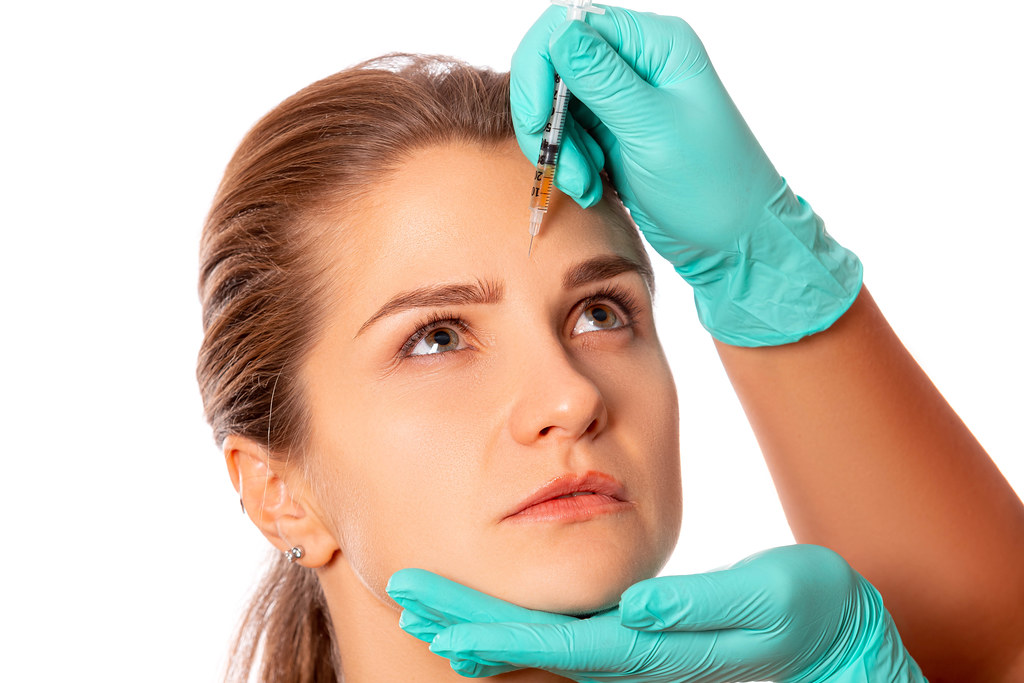Have you ever noticed those prominent muscles at the base of your neck, the ones that lend a broader appearance to your shoulders and shorten your neck? Those are your trapezius muscles, and a recent cosmetic trend dubbed “Trap Tox” targets them with Botox injections.
In recent years, this service has seen a significant rise in popularity, embraced for both aesthetic and therapeutic purposes. From lengthening neck and shoulder contours to serving as injection sites for migraine treatments, Trap Tox’s applications have expanded.So, We’ll explore both the potential advantages and drawbacks in this post, ultimately helping you decide: Is Trap Tox a need, or merely a passing fad?

WHAT IS “TRAPTOX” OR TRAP BOTOX?
The technique known as “TrapTox,” or Trap Botox, involves injecting Botox into the trapezius muscle. This muscle extends from the back of the head to the lower back and outward to the shoulders. Playing a significant role in daily activities, the trapezius muscle stabilizes our bodies and enables us to stand independently.
WHY IS TRAPTOX TRENDING?
In today’s modern society, where many of us spend hours bent over screens or phones, stiffness, tension, and chronic pain in the trapezius muscle are common complaints. This muscle, crucial for stability and posture, often manifests discomfort in the form of neck, upper back, and shoulder pain, sometimes leading to persistent migraines.
The injection of Botulinum toxin into the upper portion of the muscle relaxes the localized muscle fibers. When muscle fibers are not functionally used, they start to weaken and slim down from decreased flexing and movement. As a result, there is less tension held in the area, and the area also physically becomes smaller and slimmer over a period of 1-2 months. Dosage varies depending on indication and muscle size, with the average dosage ranging between 50-80 units per side. The longevity of the treatment often lasts 4-8 months.
TrapTox, as we discuss today, is the evolution of a treatment originally used for physical indications and has now gained popularity due to its aesthetic outcomes.
HOW DO I KNOW IF TRAP BOTOX IS RIGHT FOR ME?
If you’re wondering if Trap Botox is right for you, there are a few things to consider. First, think about whether you experience chronic stiffness, tension, or pain in your neck, upper back, or shoulders. If these are common issues for you, Trap Botox might be worth exploring as a potential solution.
Additionally, consider if you’ve tried other methods to alleviate your discomfort without success. Trap Botox is often considered when more conservative treatments, like stretching, physical therapy, or pain medications, haven’t provided sufficient relief.
It’s also essential to discuss your concerns and medical history with a qualified healthcare professional, such as a doctor or dermatologist. They can evaluate your specific situation, assess whether Trap Botox is suitable for you, and discuss any potential risks or side effects.
Ultimately, the decision to try Trap Botox should be made in consultation with a healthcare provider who can provide personalized advice based on your individual needs and circumstances.


TRAP BOTOX BEFORE AND AFTER
WHAT ARE THE PROS AND CONS OF TRAPTOX?
TrapTox, like any medical treatment, has both pros and cons to consider. One of the main advantages is that it can effectively reduce stiffness, tension, and chronic pain in the trapezius muscle. By relaxing the muscle fibers, TrapTox can provide relief for individuals who struggle with these discomforts on a daily basis. This can lead to improved quality of life and increased comfort in performing daily activities.
Another benefit of TrapTox is its relatively low risk of serious side effects when administered by a qualified healthcare professional. While mild side effects such as temporary soreness or bruising at the injection site are possible, they typically resolve on their own within a few days.
However, there are also some drawbacks to consider. One potential downside is that TrapTox is not a permanent solution and requires repeat treatments to maintain its effects. Additionally, TrapTox may not be suitable for everyone, especially individuals with certain medical conditions or allergies to the ingredients in the Botulinum toxin.
Furthermore, TrapTox can be expensive, particularly if insurance does not cover the cost of the procedure. It’s important to weigh the potential benefits against the financial investment and consider whether TrapTox aligns with your budget and healthcare goals. Overall, while TrapTox can offer significant relief for some individuals, it’s essential to carefully evaluate both the pros and cons before deciding if it’s the right choice for you.
HOW MUCH DOES TRAP BOTOX COST?
The price of TrapTox can differ based on factors such as the number of units needed and the location where the treatment is performed. Typically, TrapTox treatments range from $500 to $1000.
FAQ
1. How long does trapezius Botox last?
Between 3-6 months.
2. How long after trap Botox can I workout?
A few hours after the treatment.
3. Can I sleep on my side after trap Botox?
It’s generally recommended to avoid sleeping on your side immediately after Trap Botox injections to allow the medication to settle effectively.
CONCLUSION
In considering Trap Botox before and after, it’s evident that this treatment can offer significant relief for individuals experiencing chronic pain and tension in the trapezius muscle. However, it’s crucial to weigh the potential benefits against the risks and consult with a qualified healthcare professional to determine if Trap Botox is the right choice for your individual needs and circumstances.








